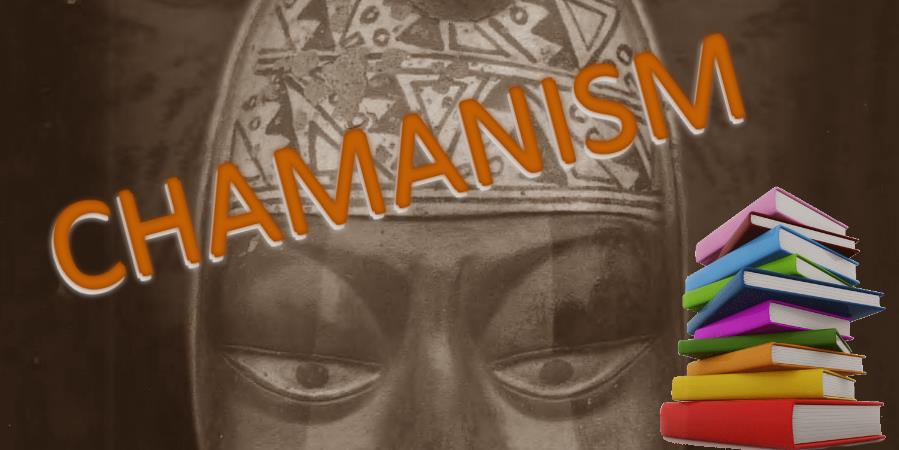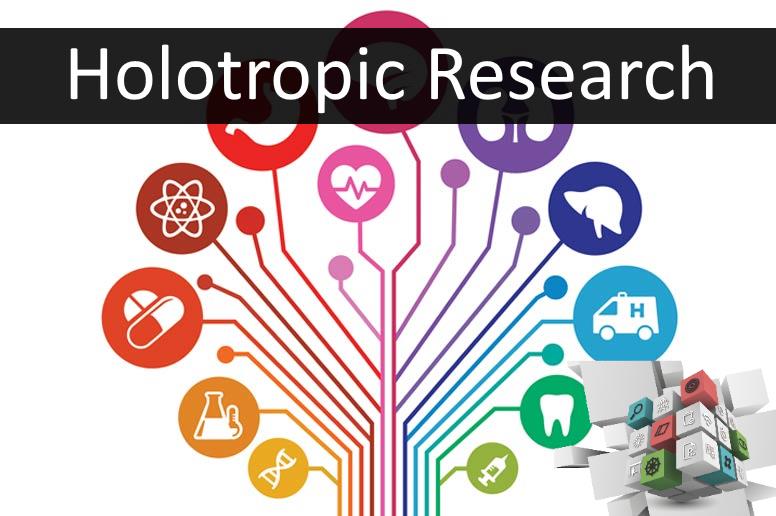Since its development by Dr. Stanislav and Christina Grof at the Esalen Institute in California during the late 1970’s, and especially following the training and certification of the first of many Facilitator Training Groups in 1987, Holotropic Breathwork has been successfully experienced by tens of thousands of people in public weekend workshops, therapeutic settings, and weeklong retreats all over the world. Reports of its healing potential, from both breathers and facilitators, have been numerous across many conditions, and some research studies have been published in peer-reviewed journals.
Evoked Potentials in Holotropic Breathing, by L. I. Spivak, Yu. D. Kropotov, D. L. Spivak and A. V. Sevostyanov. /Human Physiology,/ Vol. 20, No. 1, pp. 17-19, 1994. (This is an English translation of the original Russian.)
Holotropic Breathwork (HB), proposed by the American psychiatrist Stanislav Grof in 1984, is successfully used for treating neuroses (1-3). HB leads to a curative alteration of consciousness which activates the mechanisms of physiological recovery developed during evolution. Dr. Grof believes that the therapeutic effects of HB activate subconsciousness and provide the possibility for transformation of different emotional and psychosomatic symptoms into the altered state of consciousness. The literature on Holotropic Breathwork mainly describes the results of monitoring the dynamics of a patient’s consciousness. In this process neither physiological nor electro-physiological examination is conducted, as a rule. Moreover, physiological methods are sometimes considered to be non-informative as the matter concerns extremely fine alterations in the psyche, which are difficult to study objectively (1-2).The present study is designed to analyze the dynamics of brain evoked potentials (EP), which are correlated with an altered state of consciousness in neurotic patients during an HB session.
The Role of Hypocapnia in Inducing Altered States of Consciousness, by P. I. Terekhin. /Human Physiology/, Vol. 22, No. 6, pp. 730-735, 1996. (This is an English translation of the original Russian.)
External respiration function was tested (at the Russian People’s Friendship University, Moscow) during Holotropic Breathwork sessions in the course of psychotherapeutic treatment. Long-term voluntary hyperventilation was accompanied by respiratory phenomena with distinct periodicity and a stable level of hypocapnia throughout the whole treatment session. The role of hyperventilation and hypocapnia in the mechanisms inducing and maintaining altered states of consciousness is discussed.
Holotropic Breathwork: An Experiential Approach to Psychotherapy by Sara W. Holmes, Ph.D., Robin Morris, Pauline Rose Clance & R. Thompson Putney. Psychotherapy: Theory, Research, Practice, Training, Vol. 33(1), Spring 1996. pp. 114-120. 1996
ABSTRACT: The study investigated the relationship between the use of Holotropic Breathwork and therapeutic changes in levels of distress associated with self identified problems, death anxiety, self esteem, and sense of affiliation with others. Two groups of 24 subjects were compared using a repeated measures design. One group participated in a combination of experientially oriented psychotherapy plus six monthly sessions of Holotropic Breathwork (Breathwork Group), the second group participated only in experientially oriented psychotherapy (Therapy Group). Dependent measures were Templer’s Death Anxiety Scale, the Abasement and Affiliation subscales of the Personality Research Form-E, and a questionnaire regarding self-identified problems. The Breathwork Group showed significant reductions in death anxiety and increases in self-esteem compared to the Therapy Group. No significant differences were observed between groups on affiliation or self-identified problems. Results suggest that experiential approaches to psychotherapy may be useful in ameliorating some types of psychological problems.
A copy of the report of this study for personal reading can be purchased at the APA Journal Service for $11.95.
The Effect of Holotropic Breathwork on Personality (English version) by Denisa Binarova, Ceska a Slovenska Psychiatrie, (Czech and Slovak Psychiatry), 2003, VOL 99; PART 8, pages 410-414.
Following is an edited version of the Abstract from the English translation of the Study:
The paper investigates the effect of a single or repeated Holotropic Breathwork session on certain personality properties, attitudes, and values orientations. A total of 81 subjects participated in the research (36 Breathers, 34 Non-breathers, and 11 First-breathers). The Breathers group comprised individuals having participated in at least four Holotropic Breathwork sessions; subjects from the Non-breathers group were comparable based on the following criteria: gender, age, and education. The experimental subjects from the First-breathers group were initially tested prior to their first Holotropic Breathwork session and they were retested following the initial session (approximately three weeks later). The variables examined were measured by means of Crumbaugh and Maholick’s Purpose in Life (PIL) test; Harman, Fadiman, and Mogar’s test of attitudes and values (Value-Belief Q-Sort); and Shostrom’s Personal Orientation Dimensions (POD).
As for the First-breathers, a significant improvement in satisfaction of the need for purpose in life and significant reduction of rigidity and dogmatism were observed. The Breathers were found to be less rigid and dogmatic compared to the Non-breathers; they display a positive change in their attitude towards unusual comprehension of reality, they profess conventional values to a lesser extent, and they apply them in a more flexible manner. In addition, their approach towards reality is more appropriate, they are more able to enjoy the present moment, they are more autarchic and more independent of other people’s attitudes, they are more sensitive to their own feelings and needs, they are more spontaneous, they express higher self-esteem, and they show a better capacity to establish warm interpersonal relations. All of the above differences are significant statistically. The Breathers do not show a significantly better satisfaction of their need for purpose in life compared with the Non-breathers. Subjectively, all participants evaluated the experience from the Holotropic Breathwork session as contributing to better communication with people, to a deeper knowledge of the surrounding world, and to a higher acceptance of previously rejected opinions and thoughts.
A copy of the paper in the original language can be purchased through the British Library Direct service.
Peer-Reviewed Journal Articles
In addition to research articles, there have been various peer-reviewed journal articles that address the healing potential of Holotropic Breathwork including:
Use of Hypnosis and Non-Ordinary States of Consciousness in Facilitating Significant Psychotherapeutic Change, by Linda Edwards, PhD, published in The Australian Journal of Clinical Hypnotherapy and Hypnosis in 1999.
This is a general article about the healing potential of non-ordinary states in which Holotropic Breathwork’s approach is described. This article is also available from Dr. Edward’s site
Holotropic Breathwork: The Potential Role of a Prolonged, Voluntary Hyperventilation Procedure as an Adjunct to Psychotherapy, Joseph P. Rhinewine, Oliver J. Williams. The Journal of Alternative and Complementary Medicine. September 1, 2007, 13(7): 771-776. doi:10.1089/acm.2006.6203.
Objective: This paper poses the question of whether Holotropic Breathwork (HB), a prolonged, voluntary hyperventilation procedure, might be useful in treatment of common psychiatric conditions such as anxiety and depressive disorders.
Design: This is a hypothesis-posing paper pertaining to a potential novel treatment.
Summary: The neurophysiology and psychology of hyperventilation are reviewed, including findings demonstrating that hyperventilation leads to significant changes in central nervous system activity as measured by various technological means. Preliminary evidence suggesting efficacy for HB is reviewed. A tentative biopsychologic hypothesis is offered, suggesting a potential mechanism that may underlie putative therapeutic effects of HB.






